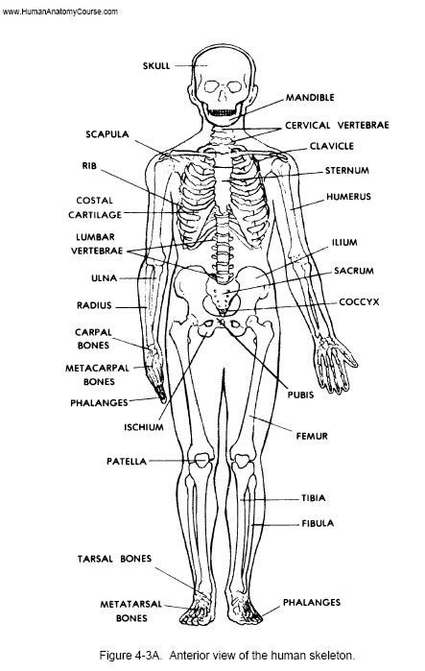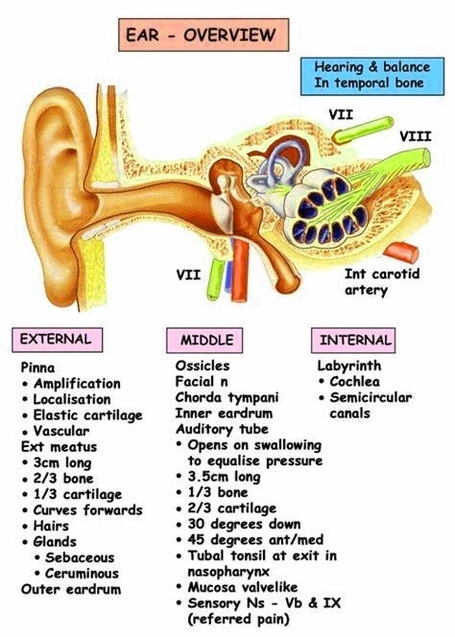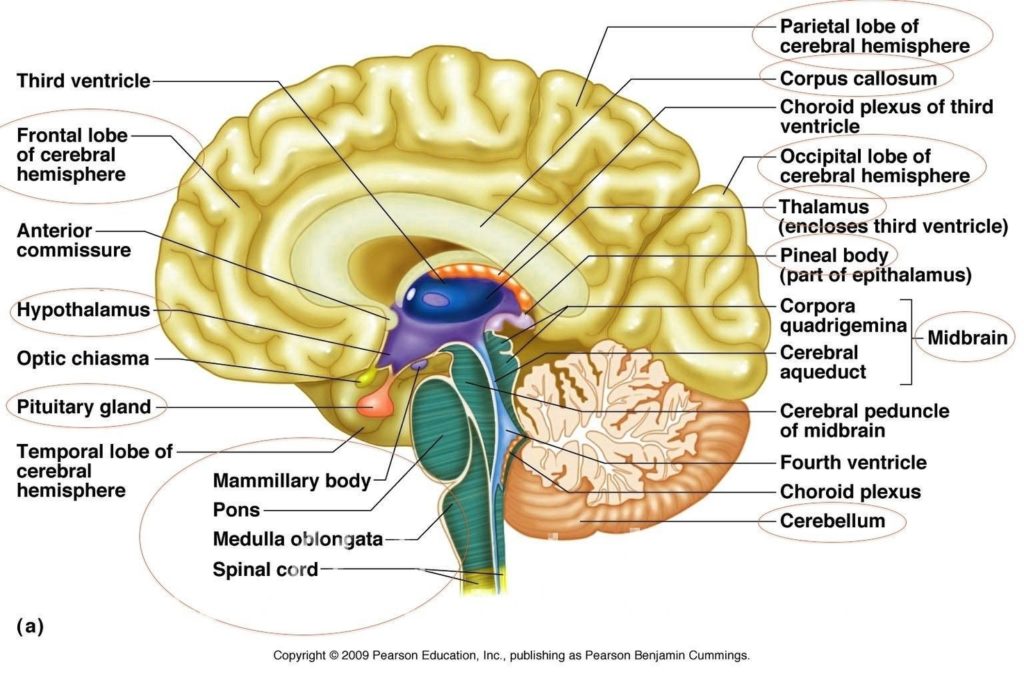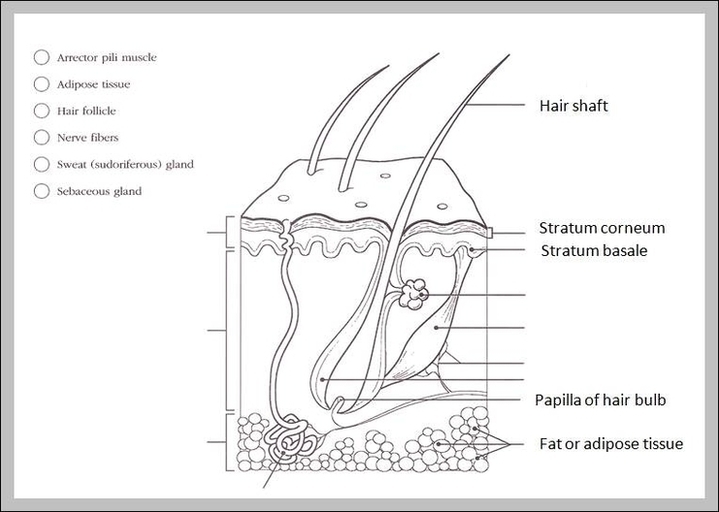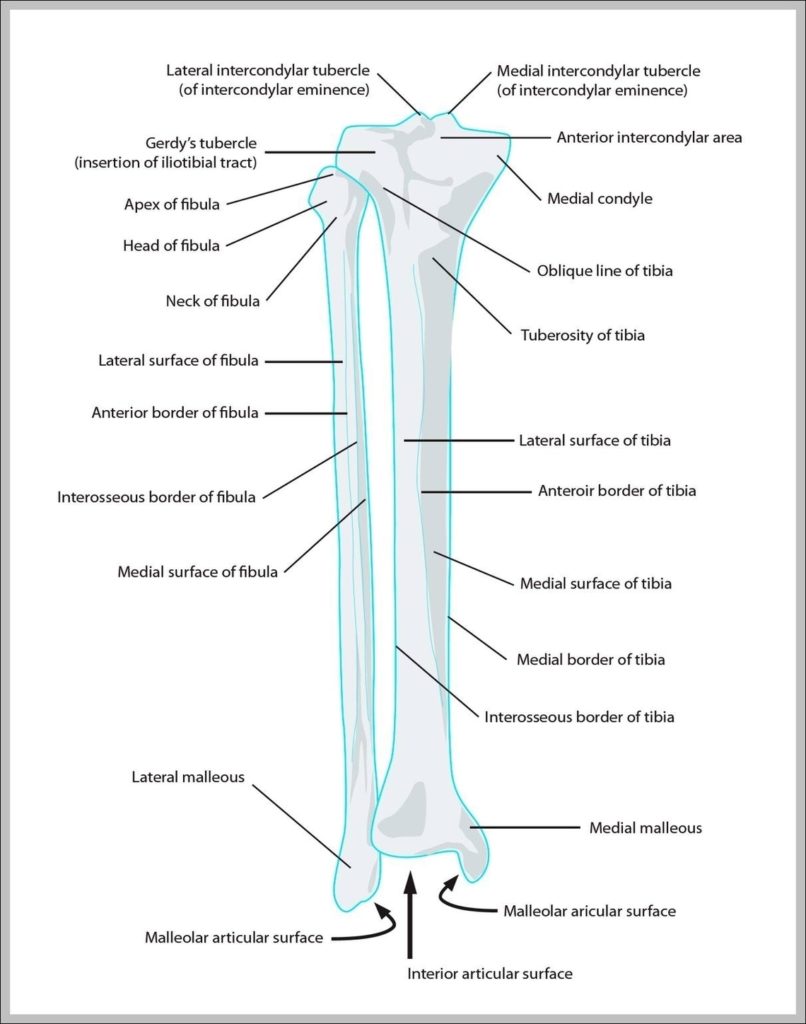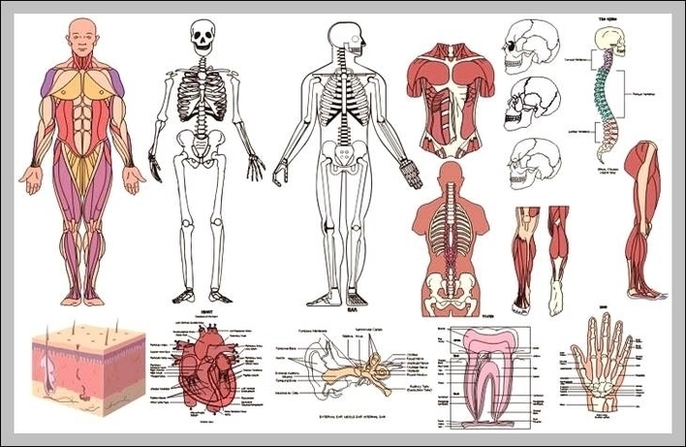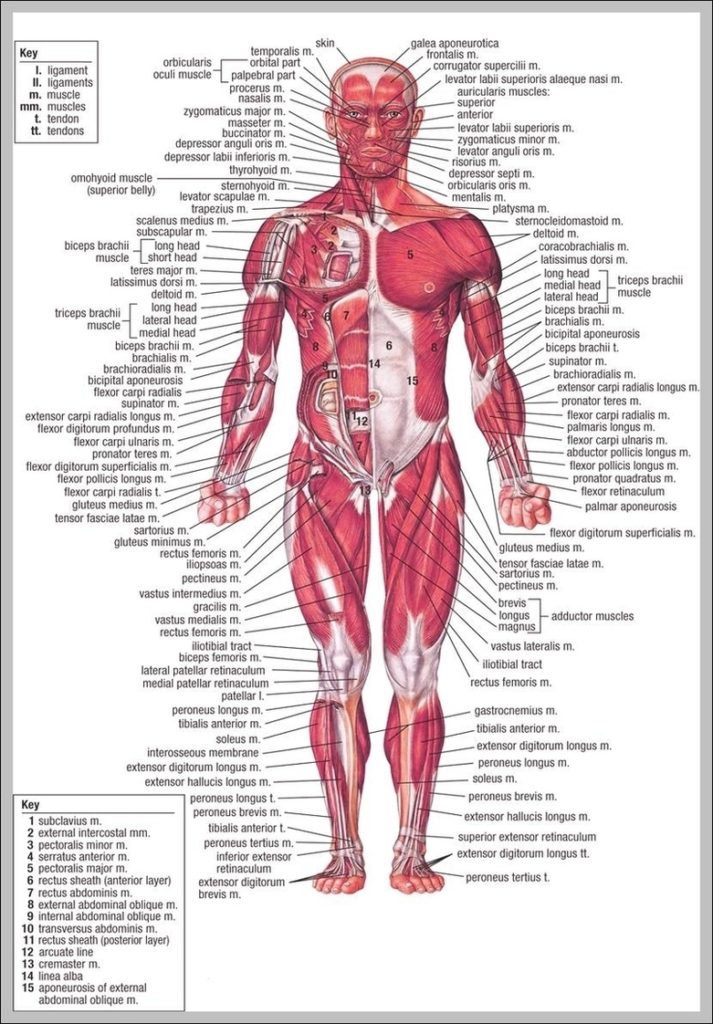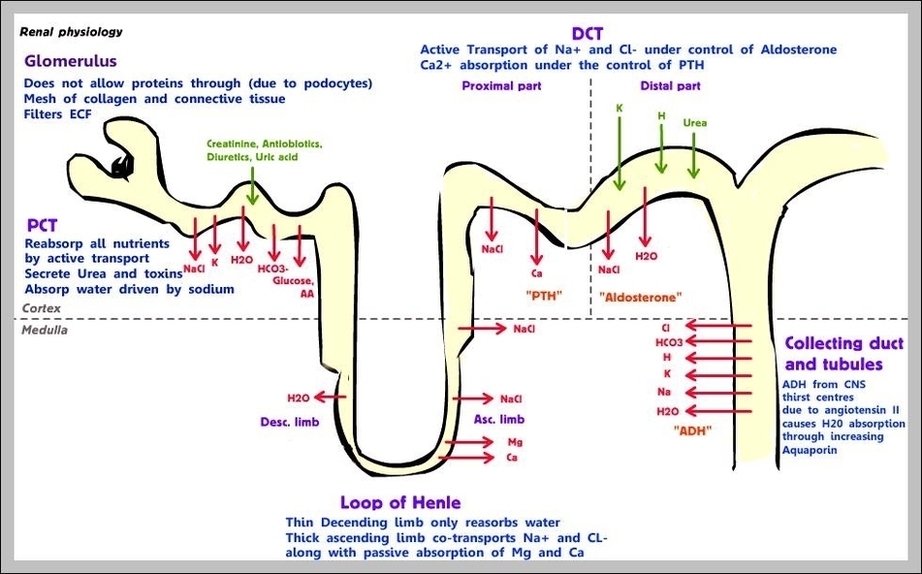Posted inDiagrams
Human Physiology Reading Assignment Introduction To Physiology Described
Introduction to Human Physiology Human physiology is the scientific study of the chemistry and physics of the structures of the body and the ways in which they work together to…


